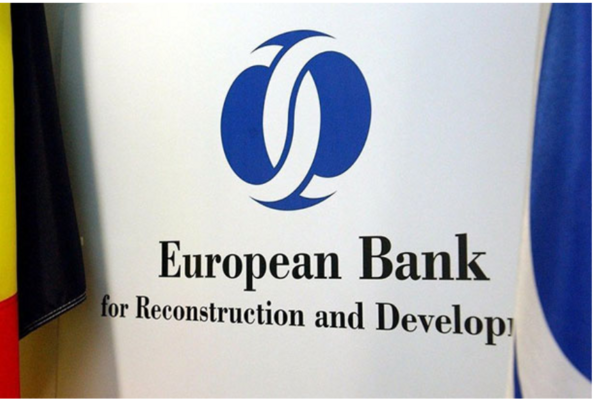The European Bank for Reconstruction and Development (EBRD) has decided to finance $21.3 million to support the expansion of the Gulf of Suez wind power plant in Egypt. This funding will help increase the plant’s capacity by adding 150 megawatts (MW) to its existing 500-MW capacity, bringing the total to 650 MW. Once finished, this will be the largest wind farm in Egypt and Africa.
The financing is part of Egypt’s Nexus of Water, Food, and Energy (NWFE) program. The goal of the NWFE program is to increase renewable energy capacity and contribute to sustainable development. The expansion of the Gulf of Suez wind farm is expected to reduce carbon dioxide emissions by approximately 1.3 million tons annually. This reduction in emissions will help Egypt in its efforts to address climate change while achieving its renewable energy targets.
The project is one of several renewable energy initiatives under the NWFE program. The program has mobilized over $2.5 billion in concessional financing for projects with a combined planned capacity of 4.7 gigawatts. Egypt aims to increase this to 10 gigawatts by the program’s conclusion.
This expansion is part of Egypt’s broader national efforts to meet its renewable energy goals. Egypt’s National Climate Change Strategy 2050 includes a target of generating 42 percent of the country’s energy from renewable sources by 2030. The Gulf of Suez wind farm expansion will play a role in meeting this target.
The financial aid from EBRD is addition to previous investments that supported the establishment of the initial 500-MW wind farm. It also reflects the growing role of the private sector in Egypt’s renewable energy development.
Through projects like the Gulf of Suez wind farm expansion, Egypt is working to grow and diversify its energy security and transition to cleaner energy sources. This will contribute to the country’s long-term sustainability and economic growth, coupled with its climate and energy goals.


